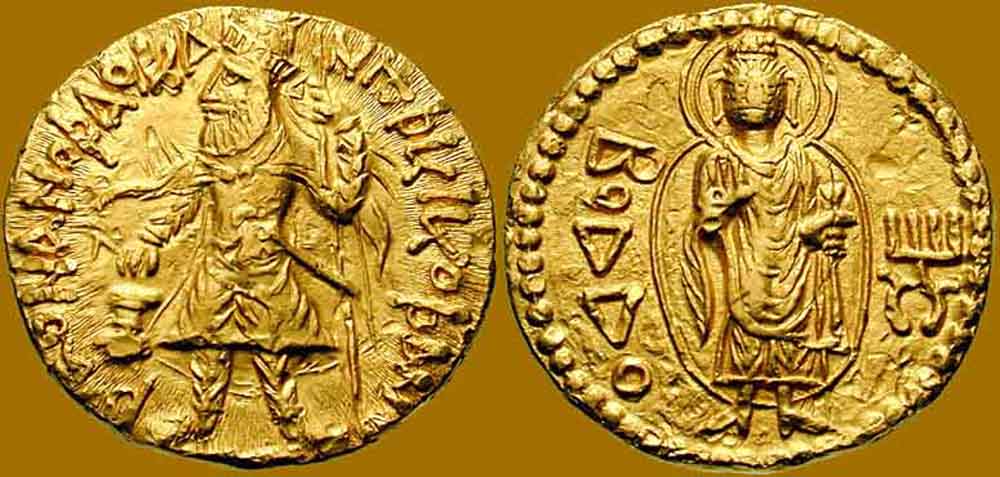Greco-Buddhism is a cultural syncretism between Hellenistic culture and Buddhism, which developed between the 4th century BCE and the 5th century CE in the Indian sub-continent, especially in modern Afghanistan, Pakistan and the north-western border regions of modern India. It's a cultural consequence of a long chain of interactions begun by Greek forays into India from the time of Alexander the Great, carried further by the establishment of Indo-Greek rule in the area for some centuries, and extended during the flourishing of the Hellenized empire of the Kushans. Greco-Buddhism influenced the artistic and spiritual development of Buddhism, particularly Mahayana Buddhism, which represents one of the two main branches of Buddhism.
The Buddhist religious system was adopted in Central and Northeastern Asia, from the 1st century CE,spreading to China, Korea, Japan and Vietnam.

The Milinda Panha is the best known script about the early Greco-Buddhist times. The first anthropomorphic representations of the Buddha himself are often considered a result of the Greco-Buddhist interaction. Before this innovation, Buddhist art was "aniconic".












